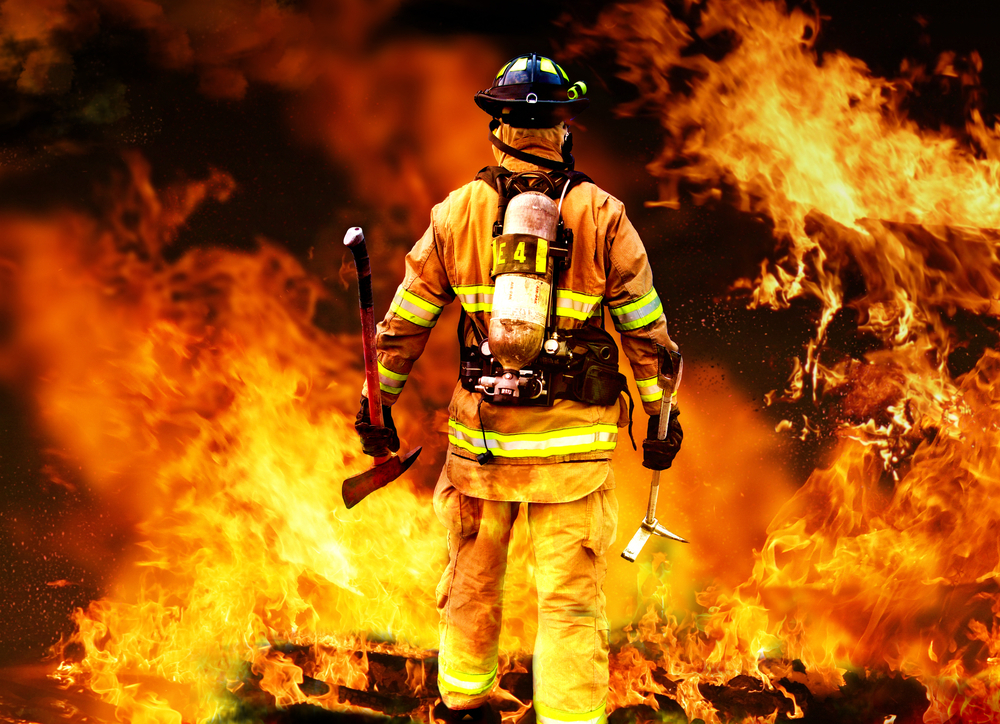 Fire-resistant fabrics are designed to withstand high temperatures and flames to protect against severe injuries and death.
Fire-resistant fabrics are designed to withstand high temperatures and flames to protect against severe injuries and death.
These fabrics are used in electrical, fire, military, aerospace, oil, gas, and energy industries, where workers are exposed daily to the risks of fire and electricity.
However, the cost of producing fire-resistant fabrics is high, which might cause others to opt for a cheaper alternative that does not have the best and most accurate protective properties.
Material Composition
The main reason fire-resistant fabrics are expensive is the materials needed to ensure the effectiveness and appropriate level of protection. Aramid is one of the most common material used in fire-resistant fabrics, a synthetic fibre known for its high strength and heat resistance.
Another material used for fire-resistant fabrics is modacrylic, a synthetic polymer fibre known for its fire-resistant properties. Modacrylic does not require additional chemical treatments to achieve its fire-resistant properties, making it resistant to melting, dripping and combustion.
Modacrylic is an ideal choice for protective clothing since it also offers good dimensional stability, excellent resistance to chemicals and abrasion, and good moisture management.
Vectran is another material used for FR fabrics. It is a liquid crystal polymer manufactured by spinning a liquid crystal solution into fibres. It is a high-performance Polyarylate fibre; a thermoplastic polymer known for its exceptional strength and high thermal stability.
Polyarylates such as Vectran have inherent flame-retardant properties and do not require additional treatments to achieve flame resistance. Vectran has a high melting point, making it more than capable of withstanding high temperatures without melting or disintegrating. It does not propagate flames, as it has low flammability.
Vectran is an excellent component of FR fabrics since it is comfortable, lightweight, breathable, has great chemical resistance and protects against heat and flame.
Fire-resistant fabrics would need to withstand exposure to high temperatures and flames without igniting or melting, so it is necessary to use specialised materials. These materials should also be able to withstand abrasion, chemicals, and other hazardous substances that may be present in surrounding areas.
Manufacturing Process
Fire-resistant fabrics also need specialised manufacturing processes to ensure efficacy and protection. Chemical treatments and coatings may be included to enhance the fabric's resistance to flame further.
These must be applied with care so that they also meet safety standards. Furthermore, specialised weaving or knitting processes create the preferred texture and form.
This process requires computer-controlled machines that can produce complex patterns and structures with precision.
Comprehensive Testing
Developing fire-resistant fabrics requires extensive research, testing and investment. They must meet stringent safety standards and maintain high-performance properties. The tests conducted can be expensive and time-consuming but are crucial to ensure the fabrics can pass strict standards.
Fire-resistant fabrics are tested for various elements, including flame, heat and abrasion resistance. They are also tested for durability and performance to ensure sustainable efficacy. The fabrics are exposed to extremely high temperatures and flames to assess their performance for various conditions that may be present in real-life working conditions.
Prioritise Your Safety by Investing In It
Specialised materials, manufacturing processes and testing are required to ensure fire-resistant fabrics pass strict safety standards. FR components such as aramid are necessary to ensure the fabric can withstand high temperatures and flames without igniting or melting.
Manufacturing processes and extensive testing are also required to guarantee the fabric's effectiveness and performance further. Despite the expense, investing in fire resistant fabric is a crucial decision that prioritises safety and can make a life-saving difference in hazardous situations.





